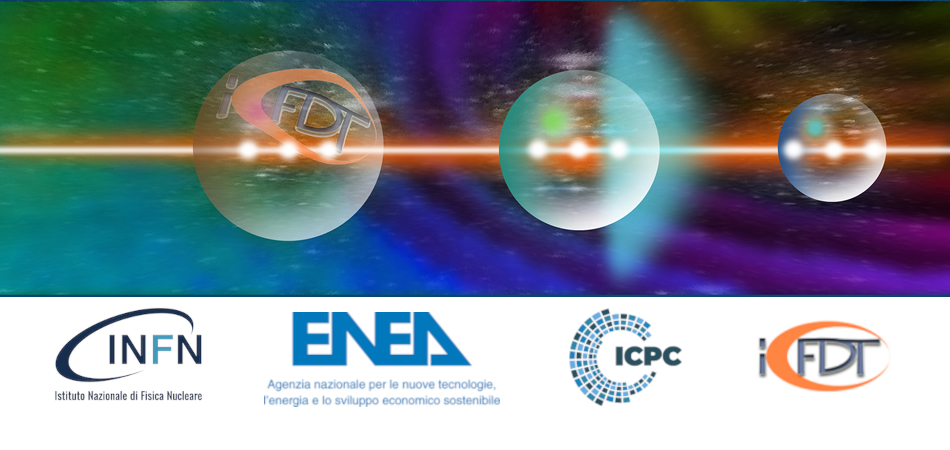Speaker
Description
The discovery of hundreds of carbonised papyri in the 18th century in the Villa dei Papiri at Herculaneum opened new insights into the knowledge of ancient philosophy and, at the same time, an important and global technical challenge in unrolling and reading them. The rolls underwent several chemical and mechanical treatments aimed at their unrolling, often compromising their preservation. With the invention of the Piaggio machine, most of them (around 1700) were mechanically unrolled and musealised [1], enabling the textual reading. From the conservative point of view, the volcanic surge that poured over Herculaneum during the eruption of Mount Vesuvius in 79 AD allowed the preservation by carbonisation of numerous organic artefacts such as the papyri, even though they are extremely fragile [2]. For the importance of these manuscripts and their critical conditions, non-invasive and non-destructive advanced imaging techniques were applied for the study of both texts and materials, within the context of the ERC Advanced Grant 885222-GreekSchools [3]. In this paper, an overview of the outcomes of the on-going project are presented by showing the adopted multi-technique experimental approach along a wide spectral range. Technical photography [4], infrared digital microscopy, hyperspectral imaging [5] and optical coherence tomography [6] were applied to the analysis of several papyrus fragments, nowadays preserved at the Officina dei Papiri Ercolanesi of the National Library “Vittorio Emanuele III” of Naples. The results were excellent as far as textual reading is concerned (Fig.1), especially in the case of very dark samples, thanks to the recovering of text in several damaged parts due to post elaboration, such as e.g. principal component analysis of the hyperspectral cubes.

